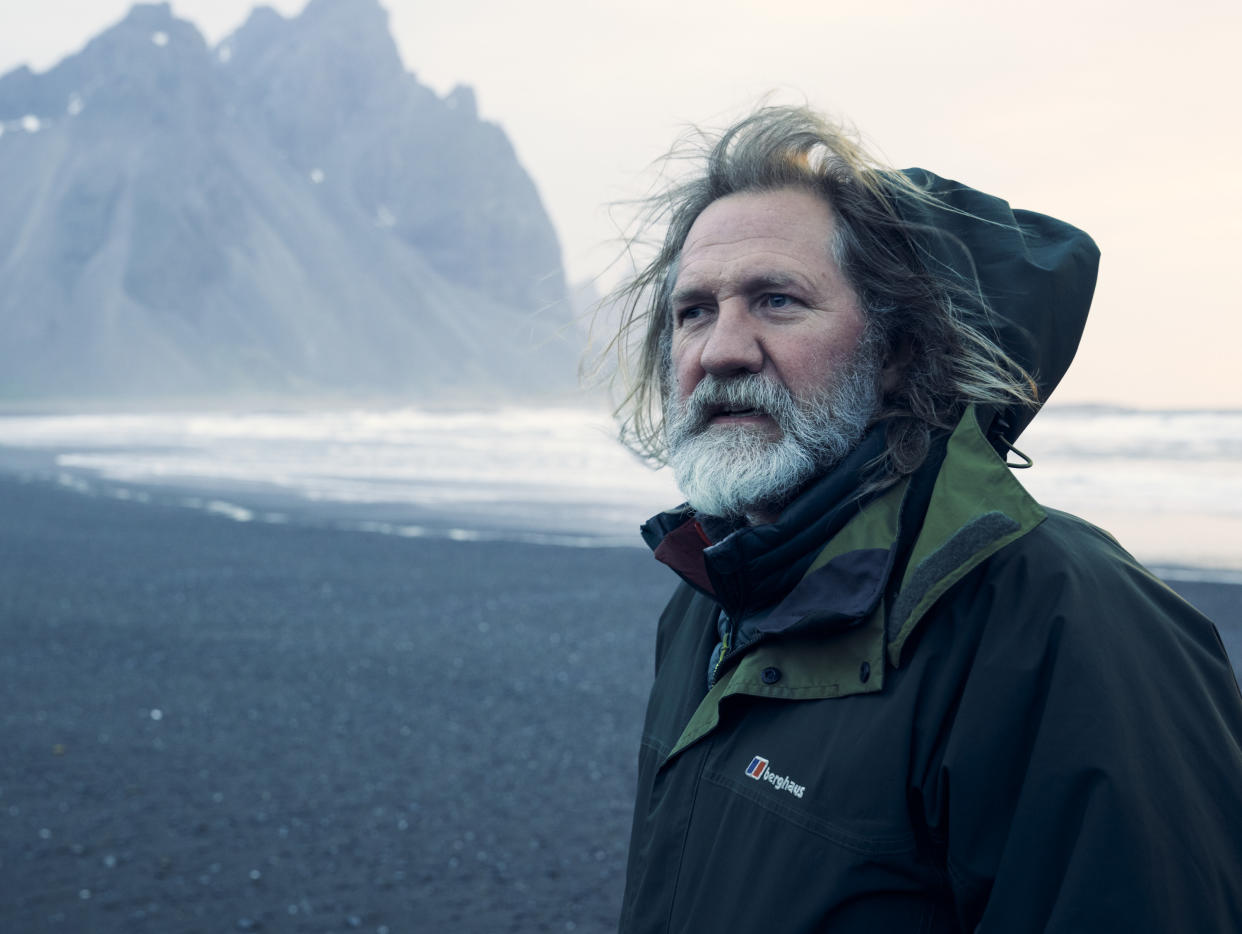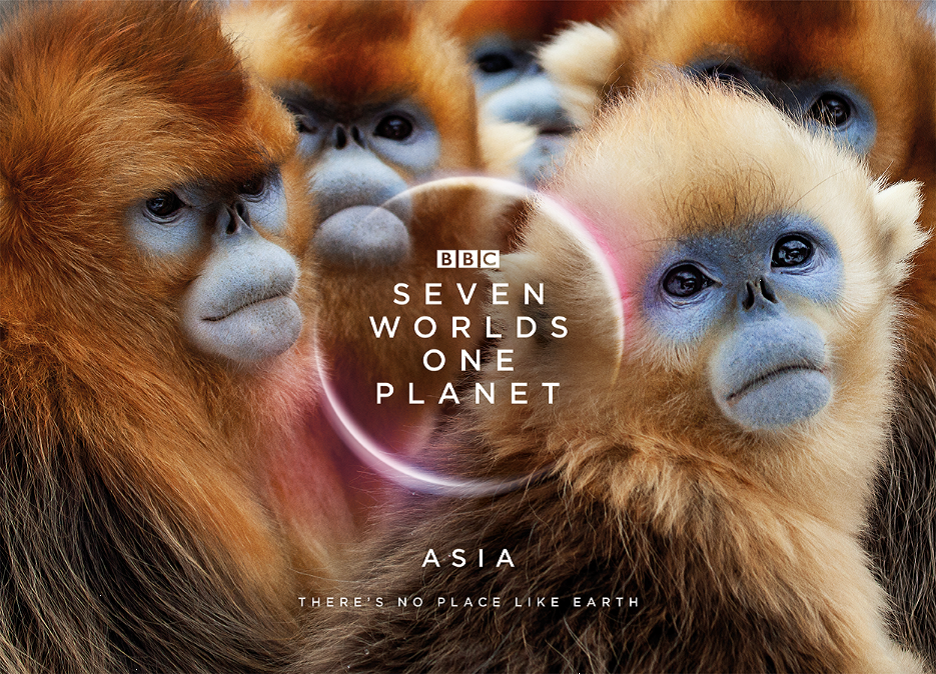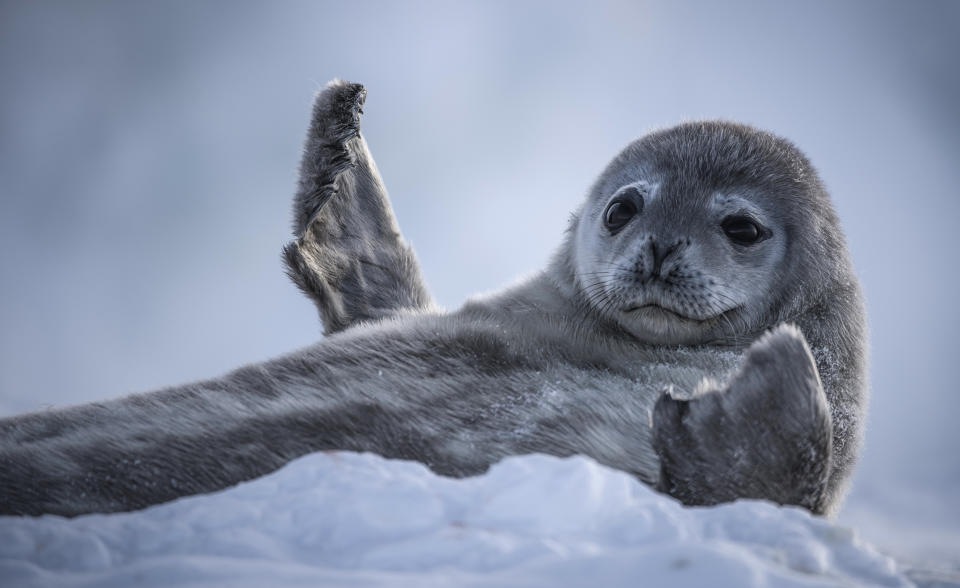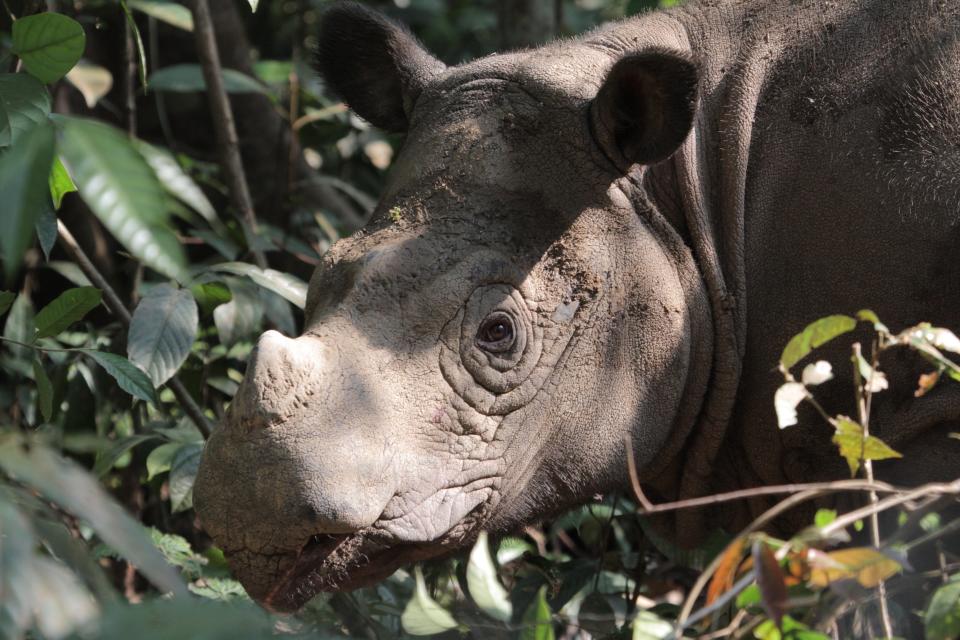"I hope people get inspired to protect the planet after watching Seven Worlds, One Planet," says producer Scott Alexander

SINGAPORE – Documentary Seven Worlds, One Planet, from BBC Studios’ iconic Natural History Unit, marks the first time it has explored all the planet’s continents in a single series.
Narrated by Sir David Attenborough, viewers will see how humankind is negatively and positively impacting the health of the planet, and also witness through their screens the world’s most bizarre predator in the Iranian desert; grave-robbing hamsters in Austria; one of the largest and rarest animals on the very brink of extinction in Kenya; and polar bears using a never before seen hunting strategy to catch beluga whales in North America’s Hudson Bay.

Series producer Scott Alexander was in Singapore for the screening at Gardens by the Bay where the public was treated to the first episode of the series, Antarctica.
Filming the 7-episode series had its fair share of challenges as the team had to battle severe seasickness, navigate through tumultuous weather and endure the most hostile conditions on Earth.
“Sometimes the challenge is just getting to the location. For example, in Antarctica, to get to South Georgia, which is this incredible island full of wildlife, it is a 6-day sail and the crew were horrendously seasick. Just getting to these places takes a huge amount of effort. And when you reach there, the wildlife doesn’t always read the script, follow the script and do what you thought it was going to do.”
“You have to be flexible in your stories and South Georgia was an example of that. We arrived, hoping to tell a story of how the penguin chicks can get washed away by a river that flows through their colony but from the time since we were last there, the river has changed course and no longer goes through the colony. So the crew had to think on their feet fairly quickly,” said Scott Alexander, who has spent 20 over years with BBC’s Natural History Unit.

With 42 countries visited, 1,794 filming days clocked and 2,260.50 hours of footage accumulated, what was the most memorable instance in the filming process?
“Personally, the most memorable experience for me was the ship I went on. It was in Chile to film the Puma, which are these beautiful big cats also known as mountain lions. We were filming them in a location called Torres del Paine, which is right down in the southern part of Chile. It was the most stunning location and there were these 3,000m mountains just rising from the ground.”
“We found a Puma mother with three cubs. We followed her to sort of see her struggles and we saw her try to hunt on 3 locations and each time she failed. We knew that she was hungry and her cubs were hungry. We knew that she would hunt again sometime soon. But we were running out of time and we had to go.”
“We were so close so I said to the team, ‘Let’s just stay for another week. I’m sure we would get to it. She’s got to hunt successfully soon.’ We stayed on for another week and sure enough, we got her doing a successful hunt and feeding her cubs. So what made it special for us was that it was an iconic location, with a beautiful animal and it was something that we never managed to film before – the successful hunt of a Puma,” continued Scott Alexander.
Climate change has been a major issue affecting the world. While filming, has the team noticed any abnormalities in animal behaviour or nature?
“I have been filming wildlife for 20 years and I have noticed that when you go somewhere in the dry season, it’s raining and when you go to somewhere in the wet season, it hasn’t rained yet. Weather patterns definitely seemed to be different and climate change is something that can’t be denied anymore.”
“We have put conservation at the heart of this series. We didn’t necessarily go looking for climate change stories but we found stories where animals have to adapt to the climate change. In the Antarctica (episode), there was a story of how due to climate change, the storms there are more intense and the winds higher and greater and the Great Albatross chicks were getting blown off their nests by the strong winds and if they can’t get back into their nests, they wouldn’t be recognized by their parents. The parents won’t feed them and the chicks die.”

“In (the) Asia (episode), we talked about the Sumatran rhino, the world’s smallest rhino, which is living on the world’s largest continent and there isn’t room for it. It is a tragic story and it is down to less than 70. We point out a lot of these issues that are facing wildlife today but we don’t want to be all gloomy, we want to give people hope and we have got this story (in Antarctica) about how the ban on whale hunting has made the whale population return, with a huge whale spectacle at the end.”
“In (the) Europe (episode), there is this beautiful cat called the Iberian Lynx and that was less than 100 and probably the rarest cat in the world? Yet, over the last decades, with conservation efforts and help from us, its number has risen up to nearly 700. It is not too late to do something, we can make a huge difference if we just change the way we do things.”
On how we can do our part to save the world, he said, “Blue Planet II was a great example and it showed the effect of plastic on the ocean. Now you see people use reusable bottles and not using single-use plastic bottles. We can still make a difference and it doesn’t have to be big changes. We can waste less water, electricity and food. If you walk out of the room, turn the lights off and we are saving a bit of electricity. We all do a little bit like that and then we can all make a huge difference.”
Fans can catch Seven Worlds, One Planet on StarHub Go.



